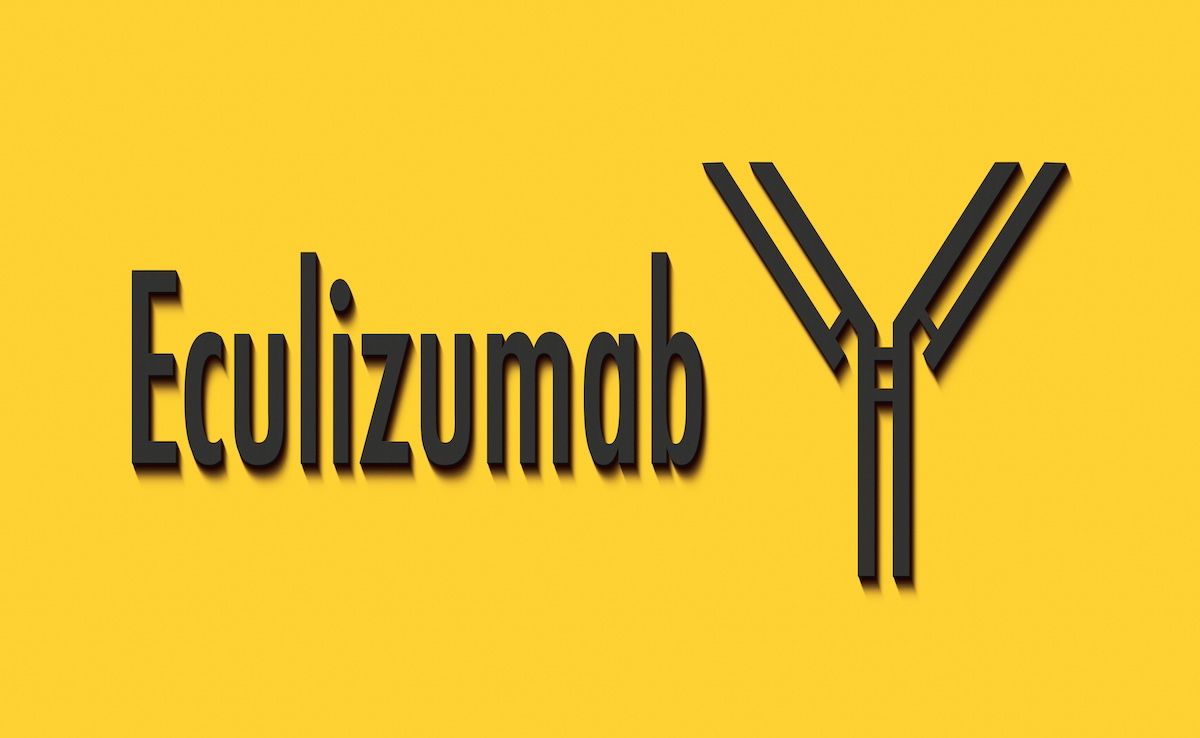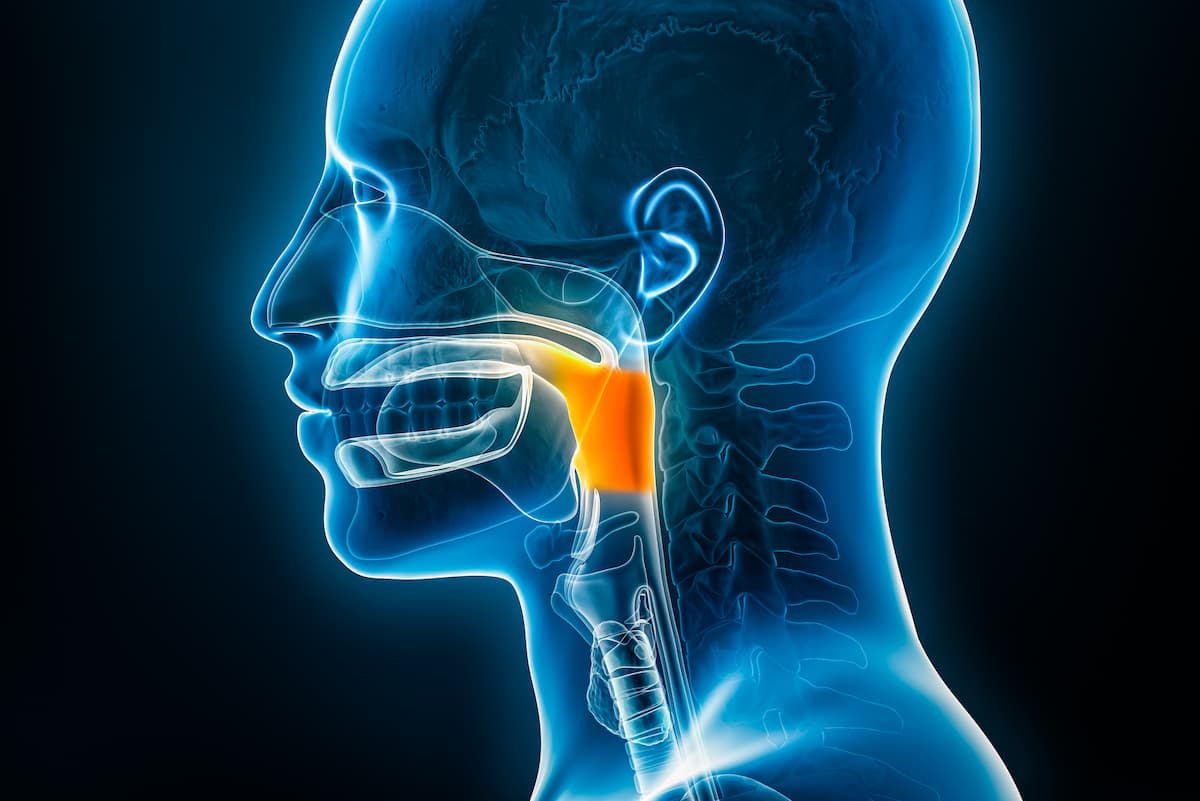
Myasthenia Gravis
Latest News
Latest Videos
CME Content
More News
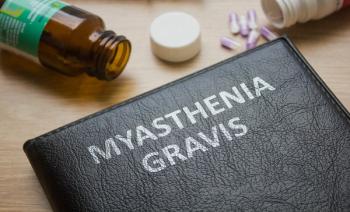
Across treatments, rozanolixizumab and batoclimab were most effective, though rozanolixizumab carried increased risk of adverse events (AEs) and serious AEs.

Myasthenia Gravis Foundation of America (MGFA) class correlates with activities of daily living and other clinical characteristics on a group level, but individual variability is significant between patients of the same MGFA class.
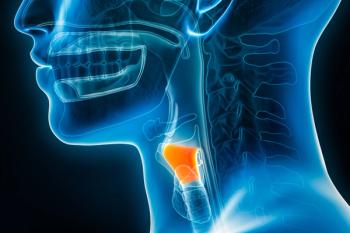
Recent insights shed light onto the most effective diagnostic tools for laryngeal myasthenia gravis (MG), a poorly understood and often misdiagnosed condition, is most reliably.

For some patients with myasthenia gravis (MG), activity and sleep were associated with reported fatigue and symptom levels.

A new study shows that COVID-19 infection significantly increases the risk of exacerbation in patients with myasthenia gravis (MG).

Patients with myasthenia gravis (MG) largely expressed negative emotions around MG treatment and symptom burden in patient focus groups and on MG social media discussion boards.

The data come from a systematic review of over 90 studies between 1952 through 2022, which found that both prevalence and incidence rates have than doubled throughout the study period.

Researchers introduce a telemedicine system powered by artificial intelligence (AI) that automatically scores neuromuscular examinations, offering the potential to enhance patient monitoring, reduce variability in clinical trials, and improve access to care for neuromuscular disorders like myasthenia gravis.

This new study investigated the impact of COVID-19 on patients with myasthenia gravis, finding that although most patients did not experience severe COVID-19, a significant portion suffered postinfection exacerbations.
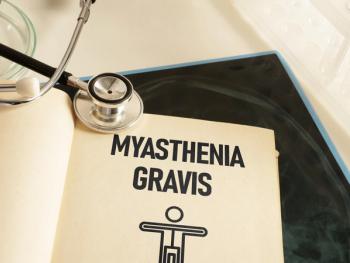
A new subgroup analysis of patients with muscle-specific tyrosine kinase (MuSK) autoantibody-positive (Ab+) myasthenia gravis (MG) shows rozanolixizumab (Rystiggo) contributes to meaningful symptom improvement.

Two genes were shown to be significantly associated with higher prevalence of myasthenia gravis (MG), a relatively rare autoimmune disease.

Researchers identify certain predictive factors that impact the prognosis of patients with myasthenia gravis and COVID-19 infection.

Thoracoscopic thymectomy yielded quicker recovery time in myasthenia gravis (MG) while reducing disease severity, the need for treatment, and complications.

The researchers have detailed their complete findings of subcutaneous (SC) vs intravenous (IV) efgartigimod in generalized myasthenia gravis (gMG) from the phase 3 ADAPT-SC trial and initial findings from the open-label extension of the study, ADAPT-SC+.
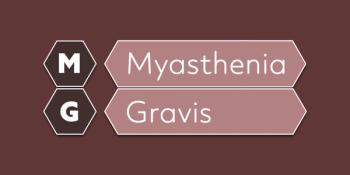
A study suggests most patients with myasthenia gravis (MG) can take statins without experiencing symptom worsening.
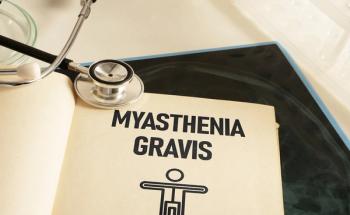
New research shows how repetitive nerve stimulation and single fiber electromyography can help diagnose disorders such as myasthenia gravis.
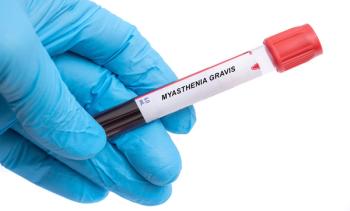
The potential value of these biomarkers may help differentiate acetylcholine receptor antibody seropositive (AChR+) myasthenia gravis (MG) from healthy patients.

If integrated into clinical practice, the approach could fill a need for more optimal diagnostic approaches for myasthenia gravis (MG), explained the researchers.

A survey of patients with myasthenia gravis in 5 European countries suggests patients wait on average about a year after symptom onset before they are given an accurate diagnosis.

A single-center cohort study found no differences between males and females in the odds of starting or time to treatment in generalized myasthenia gravis (gMG), but investigators want to continue to probe more deeply into why women are more severely affected by the disease.

The decremental response follows repetitive nerve stimulation (RNS) completed earlier in proximal muscles compared with distal muscles in a study of patients with myasthenia gravis (MG) and amyotrophic lateral sclerosis (ALS).

A series of portable respiratory function tests for patients with mild to moderate myasthenia gravis (MG) were found to be useful methods to diagnose previously unidentified at-risk cases for respiratory deterioration.

A recent case report highlights the fatal risks of pembrolizumab, an immune checkpoint inhibitor, after an 87-year-old patient developed severe immune-related adverse events.
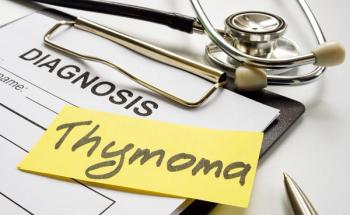
The analysis represents an effort to use bioinformatics to find potential new therapeutic targets for myasthenia gravis (MG).

A recent study showed that the Myasthenia Gravis (MG) Symptoms PRO scales viably measure core symptoms of the disease.

